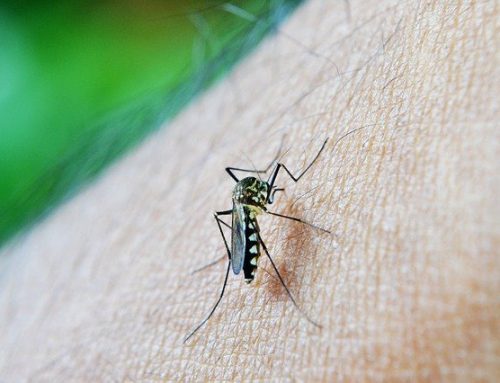Of all the milestones your baby will go through, one of the most memorable ones is, undoubtedly, the first taste of solid food. After all, this is huge. Your baby is taking her first step towards building a long-lasting relationship with food. It is also a very messy milestone. Babies are resistant to change and may not necessarily cooperate with their parents. If breastfed exclusively, your little one might eye the food-filled spoon suspiciously. Before you and your baby end up going to war over a small bowl of mushy veggies, here are some tips and tricks to a smooth, fuss-free feeding. With proper preparation, you can successfully help your baby through this transition.
Is your baby ready for solids?
Before you bring out the vati-chammach filled with mashed up food, here is a checklist that can help you check if your baby is ready.
- Your baby is six months old.
- Your baby has developed a gag reflex
- Your baby can sit up by herself or with support
- Your baby looks interested in food and tries to grab stuff off your plate
How to feed your baby: The dos and don’ts
Here are some pointers to help you and your baby adjust to the new feeding regime.
The DOs:
Sit your child the right way
Settle your child in an upright sitting position so that while feeding gravity does its job and your child can swallow easily and avoid choking.
Start with single foods
If food allergies run in your family or if you want to be cautious (considering how little we can trust outside food due to rampant adulteration), start with single-ingredient foods first, like mashed carrots, stewed apples, mashed sweet potatoes, etc.
Cook the meal at home
While packaged baby foods are available and very convenient while travelling, it’s always better to know and see exactly what ingredients are used in making your child’s food.
This also reduces the chances of stomach bug and avoids adding stress to your child’s still-developing gut.
Start with small helpings
Even if your child guzzles down a truckload of breastmilk, you don’t want to overload his palate with too much food. A tiny vati that holds less than two tablespoons of food is enough the first few times. Your baby might not even be able to finish that. Don’t worry, she can still rely on your breast milk to fill up during the first year of her life. The first year of solids is an introduction to the different tastes and textures of food. Your baby’s primary source of nutrition continues to to be breastmilk.
Finger foods are okay too
If your baby responds well to solids, you can offer chopped vegetables, fruits, pasta, etc. after 8 months.
Adjust the feeding technique
It’s best to observe your baby and try to understand her needs
Does she like mushy food
Does she prefer finger food
Is she better at feeding herself
Is there a time of day she is most receptive to eating solids
A little detective work can really help you crack the best way to feed your child
To know more about introducing solids, click here.
The DON’Ts:
Don’t rush to start solids
Most paediatricians recommend starting solids when your baby is 5 to 6 months. It is really not necessary to start before this age, especially if breastfed exclusively.
No hard chunks or lumps
The food doesn’t have to be completely mashed, but it does have to be soft so that it can be easily swallowed. Chewing is a new skill your baby still has to master.
Don’t force your child
There will be many times, later on in life, where you’ll find yourself chasing your child with a spoonful of food. This is not that time. If your baby is stubborn and refuses a second bite, don’t despair. Stop for a while and try again a little later when she is less fussy or feels more hungry.
Feed on demand
Childcare experts recommend that you wait for your baby to show signs of hunger before feeding. This helps to attune your child to hunger and satiation signals. Follow the same format as you would when breastfeeding, which is to let the baby ask for food.
Avoid certain foods until one year of age
No salt, honey or sugar is allowed before your baby turns a year old. While naturally sweet fruits are okay, any kind of fruit juice is a bad idea. Your baby is sweet enough. No added sugar, please.
Here is an easy to make, date syrup recipe as a natural sweetener for your little one. Just remember to use it occasionally.
Nothing too hot or cold
It’s best to serve food at room temperature. Your baby’s delicate palate is still developing, and you don’t want anything to upset or trigger her eating skills.
Avoid liquid diets
Once your child has developed a gag reflex, they are perfectly capable of eating semi-mashed food or soft fruits and vegetables.
Conclusion
As it is with any milestone, some babies take to solid food quicker, while others take their time. As a parent, it’s important to be in tune with your baby’s needs. Just be patient, follow the techniques given above and keep your fingers crossed! b
Disclaimer: This post reflects the writer’s own experiences and research. Before starting your baby’s diet, always check with your paediatrician first. If you have anything to add, do let us know in the comments section below.






Leave A Comment